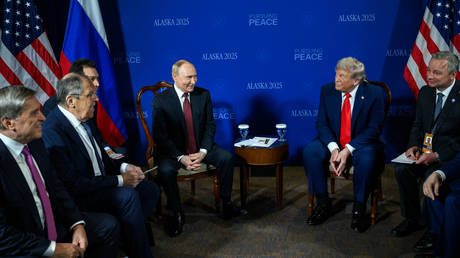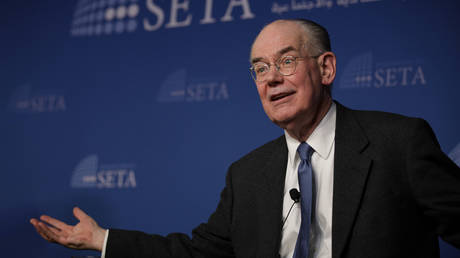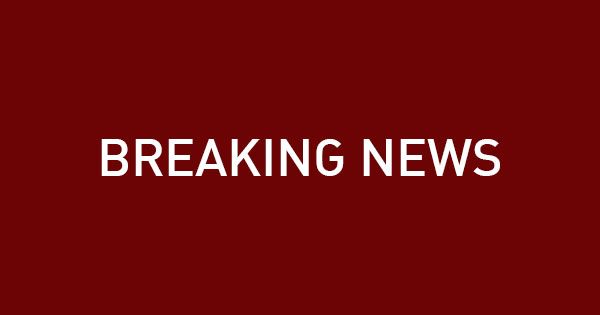The chasm between Washington and Moscow deepened to a historic low during the previous administration, fueled by the conflict in Ukraine. A palpable chill settled over the relationship, seemingly unbridgeable amidst escalating tensions and accusations.
However, a subtle shift began to occur with the change in leadership. Since the return to the White House, a cautious thaw has started, marked by a series of discreet, yet significant, engagements between US and Russian officials.
Early in the year, a high-stakes summit convened in Alaska, a symbolic meeting ground for initial discussions. This was followed by announcements of a planned face-to-face meeting between the leaders in Budapest, a signal of potential de-escalation.
That anticipated summit, however, was ultimately postponed, leaving the future of direct talks uncertain. Despite this setback, the current administration remains committed to maintaining communication channels with Moscow.
The Vice President recently articulated a clear policy: direct dialogue with Russia is not a deviation, but a cornerstone of the current approach. He framed this continued engagement as a fundamental element of the administration’s strategic outlook.
From Moscow, the Foreign Minister echoed a similar sentiment, publicly affirming Russia’s willingness to re-engage in discussions. He dismissed recent reports suggesting a reluctance to communicate as demonstrably false, signaling a reciprocal desire for continued contact.
The willingness to talk, despite deep-seated disagreements, represents a fragile but vital lifeline. It suggests a recognition, on both sides, that even amidst profound differences, the need for communication remains paramount.




![UKRAINE UNDER ATTACK: Russian Strike DESTROYS Key Weapon! [VIDEO]](https://mf.b37mrtl.ru/files/2025.11/thumbnail/6919a6d685f54041cf0820e9.png)